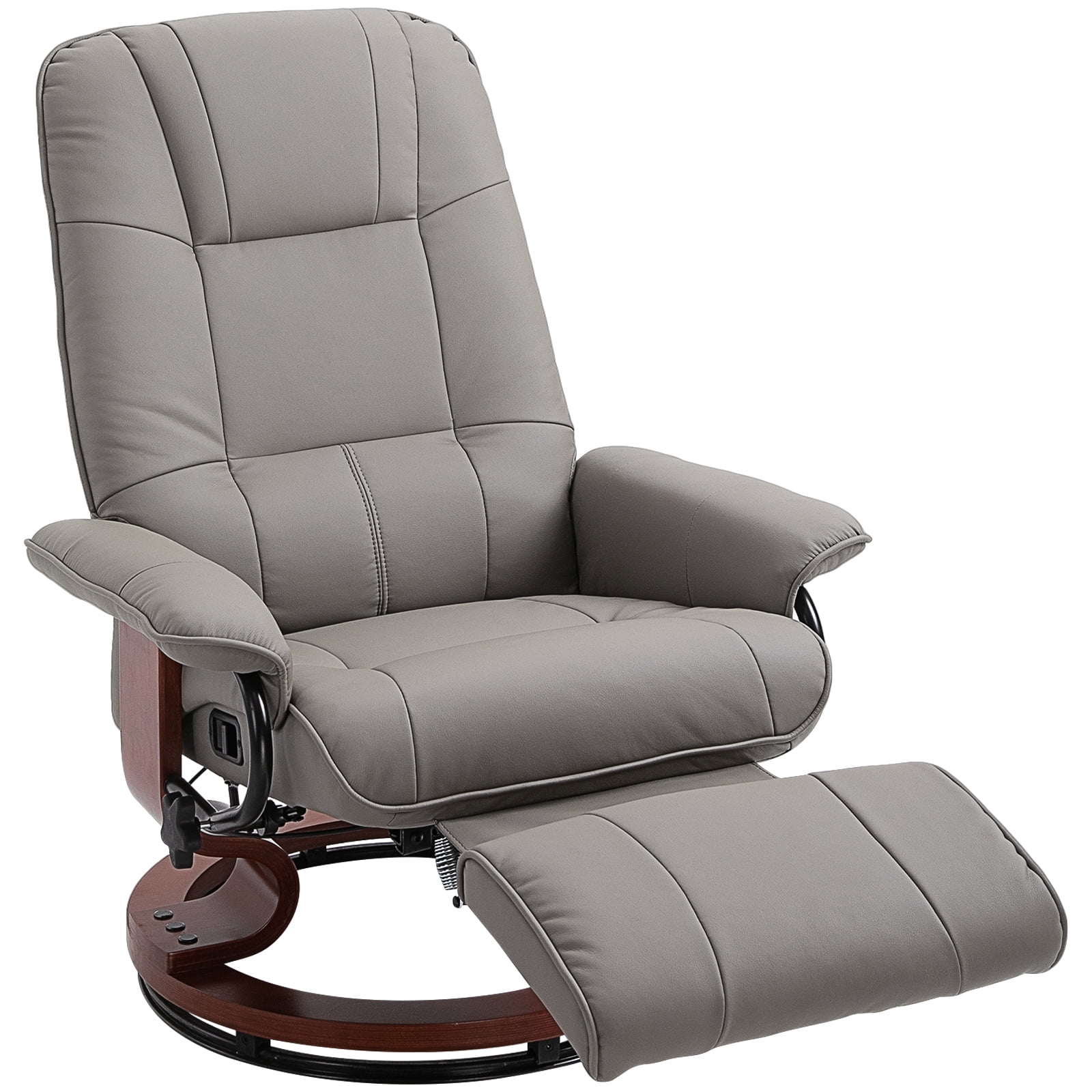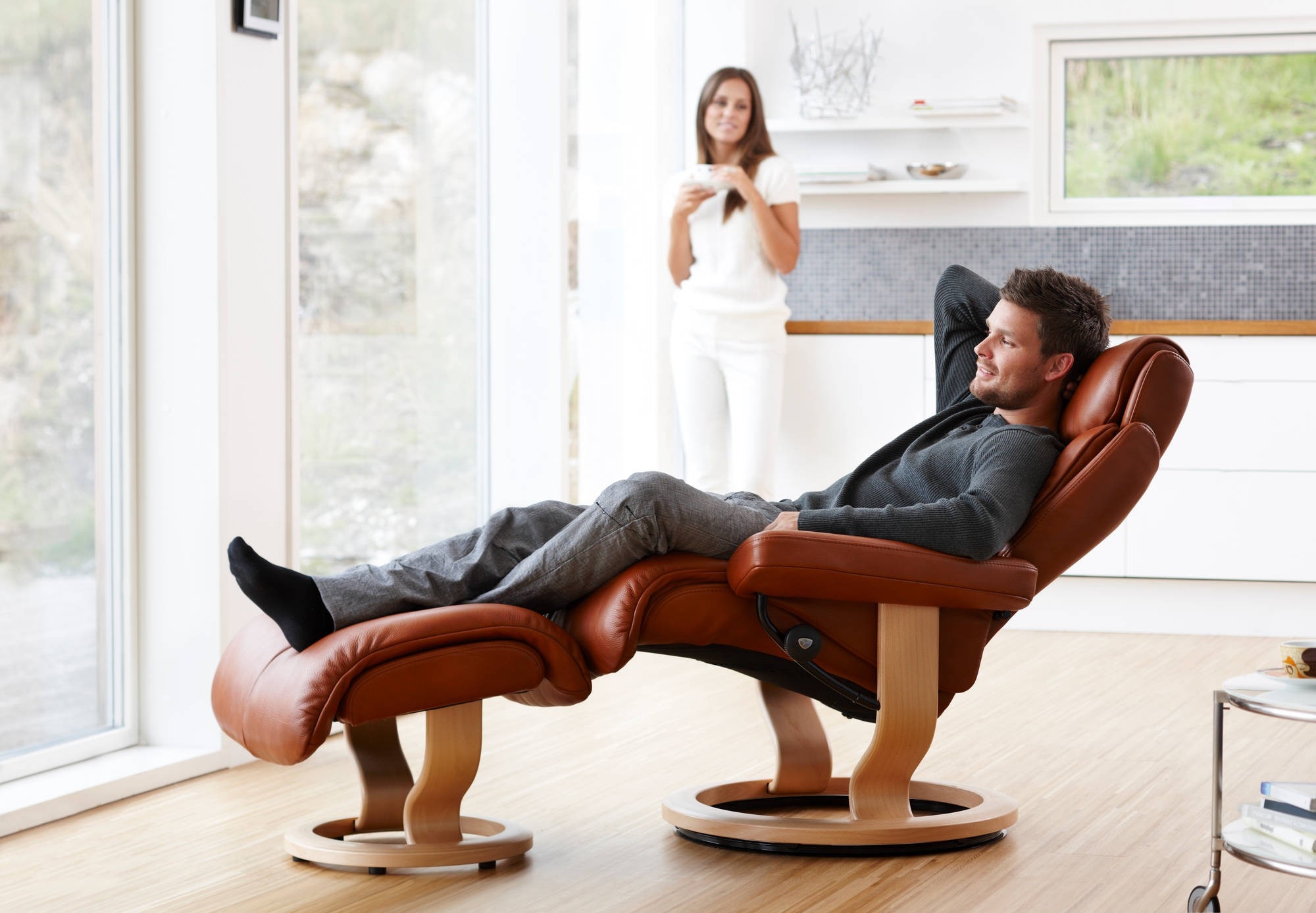Addressing Potential Sleep Disruptions

Sleeping in a chair, while sometimes necessary, presents unique challenges to achieving restful sleep. Unlike a bed, chairs offer less support and can contribute to various discomfort points, impacting sleep quality and potentially leading to pain. Understanding these challenges and implementing appropriate solutions is crucial for maximizing rest when using a chair as a sleeping surface.
Common Sleep Problems and Solutions, Best way to sleep on a chair
Discomfort during chair sleep is often concentrated in the neck, back, and overall body stiffness. Neck pain arises from improper head and neck support, leading to strained muscles and potential nerve impingement. Back pain stems from the lack of lumbar support, forcing the spine into unnatural curves. Overall stiffness results from prolonged immobility in an unsupported posture. To mitigate these problems, ergonomic adjustments and supportive aids are essential. For neck pain, using a rolled-up towel or a neck pillow provides crucial support, maintaining the natural curvature of the cervical spine. For back pain, a lumbar support pillow or cushion placed in the curve of the lower back helps to maintain proper spinal alignment. For overall stiffness, stretching before and after sleep, and choosing a chair with adjustable features, can help. Regularly changing sleeping positions also aids in reducing stiffness.
Comparison of Sleep Positions in a Chair
Choosing the optimal sleep position in a chair is vital for comfort and minimizing discomfort. Different positions impact pressure points and spinal alignment differently.
- Upright Position: This position offers minimal support and is generally unsuitable for prolonged sleep, significantly increasing the risk of neck and back pain due to poor posture and lack of support.
- Reclined Position: Leaning back with the head and shoulders supported by the chair’s back offers slightly better support than the upright position, reducing neck strain. However, lumbar support remains crucial. This position still puts pressure on the hips and lower back, particularly for those with existing conditions.
- Side-Lying Position: This position, if the chair allows, can distribute weight more evenly, reducing pressure on specific areas. However, it requires adequate armrest support to prevent the arms from falling asleep. This position is also susceptible to neck pain if the head isn’t properly supported.
- Curled Position: This position, while potentially comfortable for short periods, can restrict breathing and circulation, leading to discomfort and potentially waking up.
The reclined position, with adequate lumbar support and a neck pillow, generally provides the best compromise for minimizing discomfort, though individual preferences and physical conditions should guide the choice.
Optimizing the Sleep Environment
Ambient factors significantly impact sleep quality, even in a chair. Temperature, lighting, and noise levels all play a role in promoting or hindering restful sleep. A cool room temperature (around 65°F or 18°C) is generally optimal for sleep. Darkness is essential for melatonin production, a hormone regulating sleep-wake cycles. Minimizing noise distractions through earplugs or white noise machines can improve sleep quality.
- Temperature Control: Maintain a cool room temperature (around 65°F or 18°C).
- Light Control: Use blackout curtains or an eye mask to block out light.
- Noise Reduction: Use earplugs or a white noise machine to minimize disruptive sounds.
- Comfort Enhancement: Use blankets, pillows, and other supportive aids to enhance comfort.
- Air Quality: Ensure adequate ventilation to maintain fresh air.
Alternative Methods and Strategies: Best Way To Sleep On A Chair

Finding comfort and rest while sleeping in a chair often requires more than just finding the right position. Optimizing your sleep environment and employing relaxation techniques can significantly improve your chances of a restful night, even in less-than-ideal sleeping conditions. These strategies focus on preparing your body and mind for sleep, making the transition to slumber smoother and more successful.
Best way to sleep on a chair – Improving your sleep quality when sleeping in a chair hinges on creating a conducive environment and employing techniques that promote relaxation. This involves a multi-pronged approach encompassing physical comfort, mental calmness, and the strategic use of sleep-enhancing aids. Remember, consistency is key; establishing a regular routine will significantly boost its effectiveness.
Relaxation Techniques and Mindfulness Exercises
Incorporating relaxation techniques and mindfulness exercises into your pre-sleep routine can dramatically reduce stress and improve sleep quality. These practices help calm your nervous system, preparing your body for rest. Regular practice is key to experiencing their full benefits.
- Progressive Muscle Relaxation: Systematically tense and release different muscle groups in your body, starting with your toes and working your way up. This technique helps release physical tension that can interfere with sleep.
- Deep Breathing Exercises: Practice slow, deep breaths, focusing on the sensation of the air entering and leaving your body. Diaphragmatic breathing, where your belly rises and falls with each breath, is particularly effective.
- Guided Meditation: Numerous guided meditation apps and online resources offer calming audio tracks designed to promote relaxation and sleep. Choose a track that resonates with you and allows you to focus on the present moment.
- Mindfulness Meditation: Focus on your breath and bodily sensations without judgment. Acknowledge any thoughts or feelings that arise without getting carried away by them. The goal is to simply observe and let go.
Creating a Relaxing Pre-Sleep Routine
A consistent pre-sleep routine signals to your body that it’s time to wind down and prepare for sleep. This routine should be calming and free from stimulating activities. Consider these steps to create your personalized pre-sleep ritual.
- Dim the Lights: At least an hour before bed, begin dimming the lights in your room. This helps regulate your body’s natural sleep-wake cycle (circadian rhythm) by increasing melatonin production.
- Adjust the Temperature: A slightly cool room (around 65°F or 18°C) is generally ideal for sleep. Ensure your chair is in a well-ventilated area to prevent overheating.
- Engage in Calming Activities: Choose relaxing activities like reading a book (physical book, not an e-reader), listening to calming music, or gentle stretching. Avoid screen time as the blue light emitted from electronic devices can interfere with sleep.
- Herbal Teas: Chamomile, valerian root, and lavender tea are known for their calming properties and can help promote relaxation before bed. However, be mindful of caffeine and sugar intake, which can disrupt sleep.
- Aromatherapy: Certain scents, such as lavender or chamomile, have been associated with relaxation and improved sleep. Use a diffuser or apply a small amount of diluted essential oil to a tissue near your chair (always follow safety guidelines for essential oil use).
